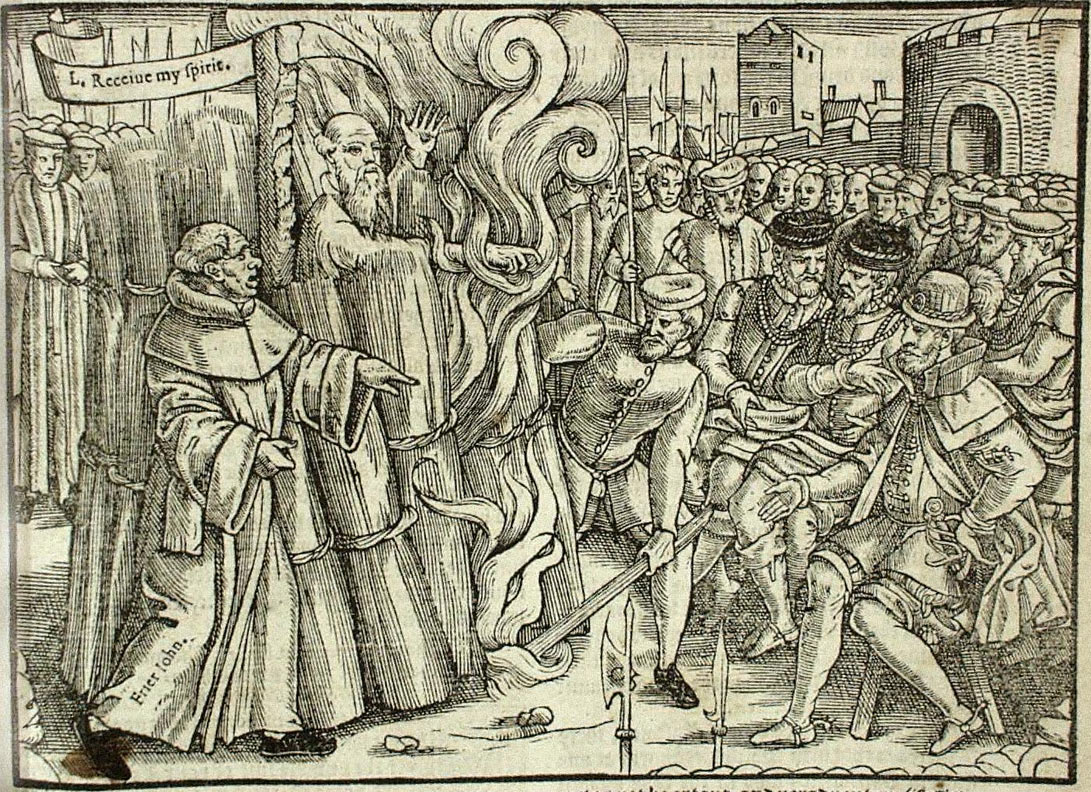The last week marked quite a few important dates in the history of censorship.
14 February: On this day in 1556, Thomas Cranmer was declared a heretic. He had been appointed the Archbishop of Canterbury during the reign of Anne Boleyn, but fell into disfavour with the court once Mary ascended the throne. Because of his active role in the Reformation, he was reprimanded by the court on more than one occasion. He was finally executed on 21st March 1556, after he renounced his recantations in public.
15 February: Galileo Galilei was born on the 15th of February 1564. Galileo's belief in and teaching of the Copernican system of cosmology brought him to the notice of the Inquisition. The publication of his Dialogue Concerning the Two Chief World Systems led to him being summoned by the Inquisition in 1633. He was found guilty of heresy but was spared his life for his recantation.
17 February: On this day of the year 1600, Giordano Bruno was burned to death by the Roman Inquisition. Bruno who propounded the theory of an infinite universe, among other then-controversial teachings, was charged with various heresies; most notably for blaspheming against the Trinity. Bruno refused to recant and was condemned to death after six years of imprisonment.
Note: The Wikipedia article on Giordano Bruno discredits rumours of his being sent to the stake after his mouth was bound shut with iron spikes but does not give both sides of the argument equal gravity. Information supporting the rumours may be added from the following. Kirsch may not necessarily be correct but, I think, his writings may be used effectively as a counter-point to the argument.
Jonathan Kirsch in his book, The Grand Inquisitor's Manual: A History of Terror in the Name of God,
writes:
One such gagging device, known as the mute’s bridle, consisted of an iron box that was inserted into the victim’s mouth and held in place by a collar around the neck. The gag itself might be used to inflict yet more pain and humiliation on the victim; when the Renaissance scholar and scientist Giordano Bruno was sent to the stake in Rome in 1600, he was wearing an elaborate contraption “so constructed that one long spike pierced his tongue and the floor of his mouth and came out underneath his chin, while another penetrated up through his palate.” Thus was the victim pointedly punished for his previous false utterings and prevented from making any new ones while, at the same time, he was prevented from uttering anyscreams that might have “interfered with the sacred music,” as Robert Held describes the scene. (Kirsch, 2008)
(Kirsch quotes from P. 82 of Robert Held's Inquisition: A Bilingual Guide to the Exhibition of Torture Instruments from the Middle Ages to the Industrial Era. Florence: Qua d’Arno, 1985.)
19 February: In 1989, it was on this day that Ayatollah Khomeini ordered a fatwa (or a death sentence) against writer Salman Rushdie for blaspheming against the Islamic religion in his book The Satanic Verses. Here is the (slightly controversial) article that appeared in the Hindustan Times on this issue.
- Deboleena Rakshit, UG II
19 February: In 1989, it was on this day that Ayatollah Khomeini ordered a fatwa (or a death sentence) against writer Salman Rushdie for blaspheming against the Islamic religion in his book The Satanic Verses. Here is the (slightly controversial) article that appeared in the Hindustan Times on this issue.
- Deboleena Rakshit, UG II

No comments:
Post a Comment